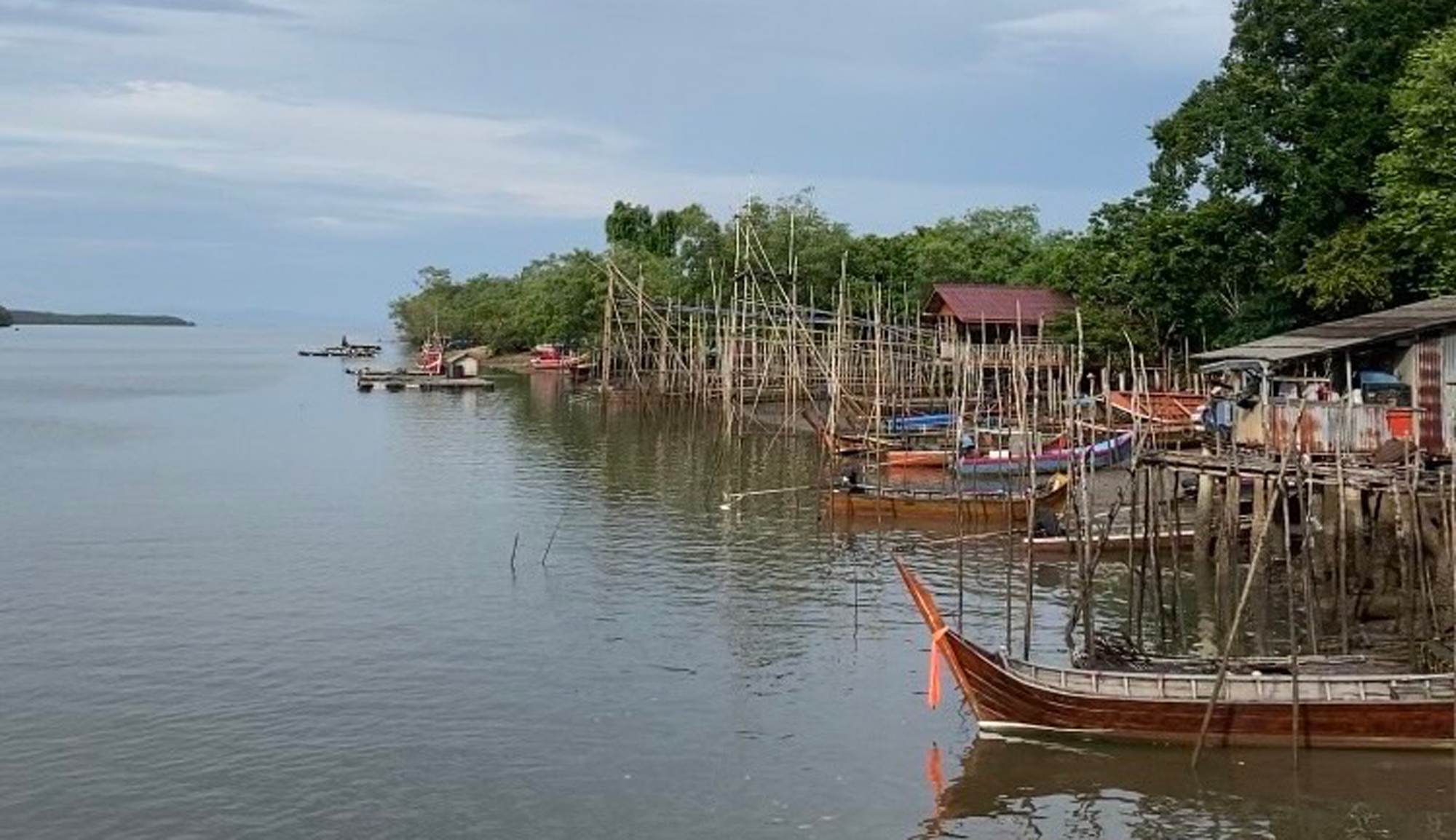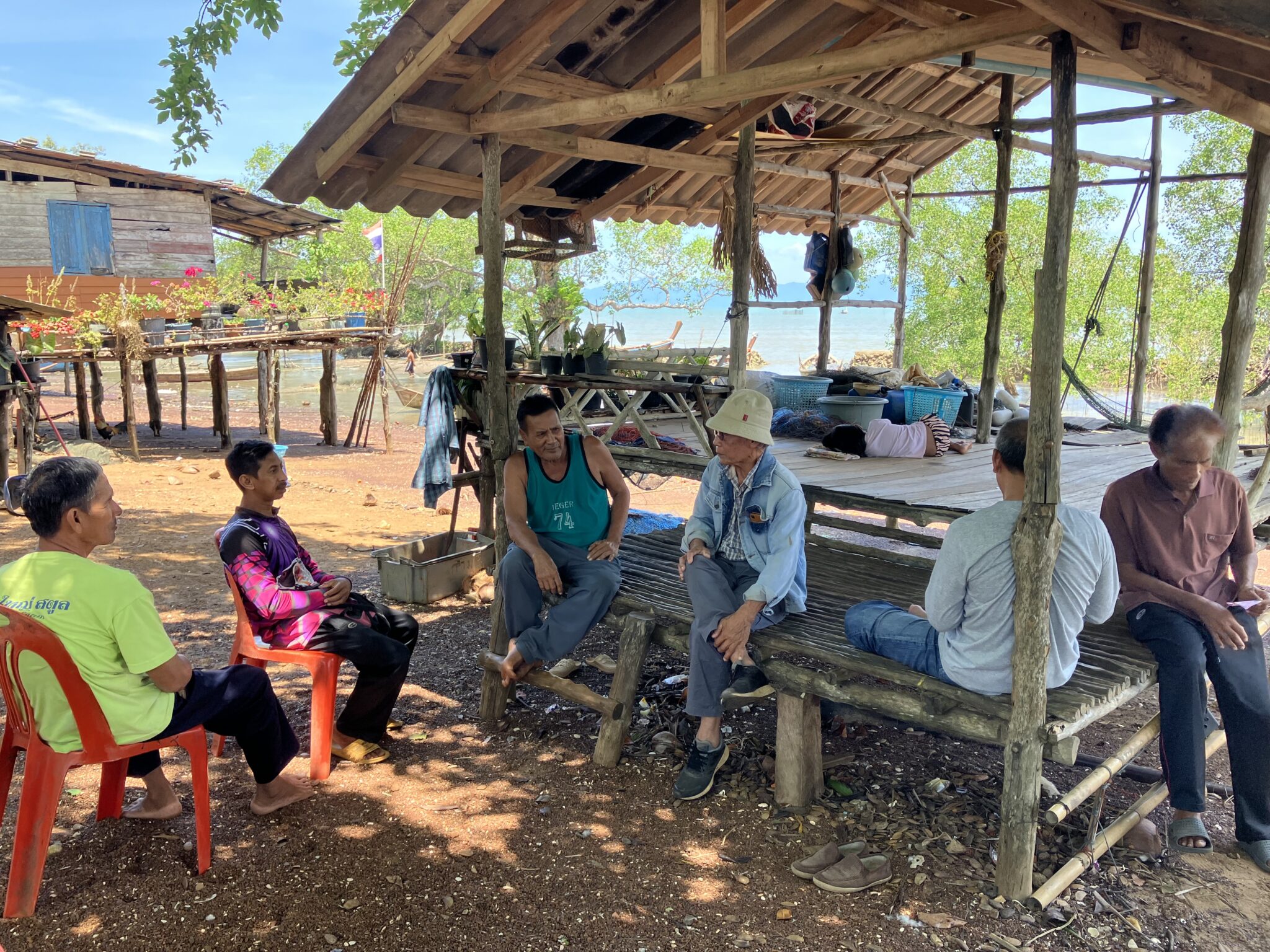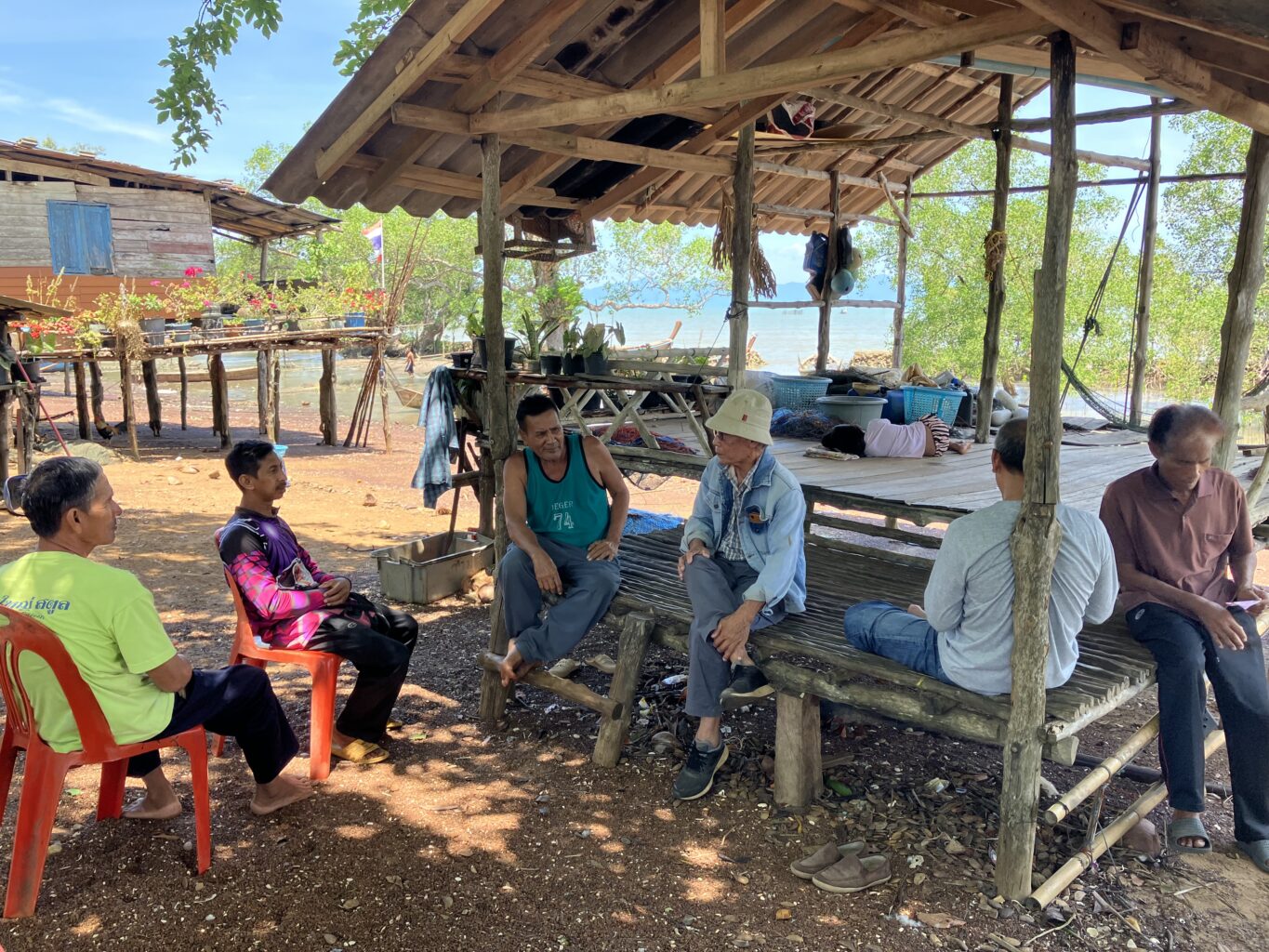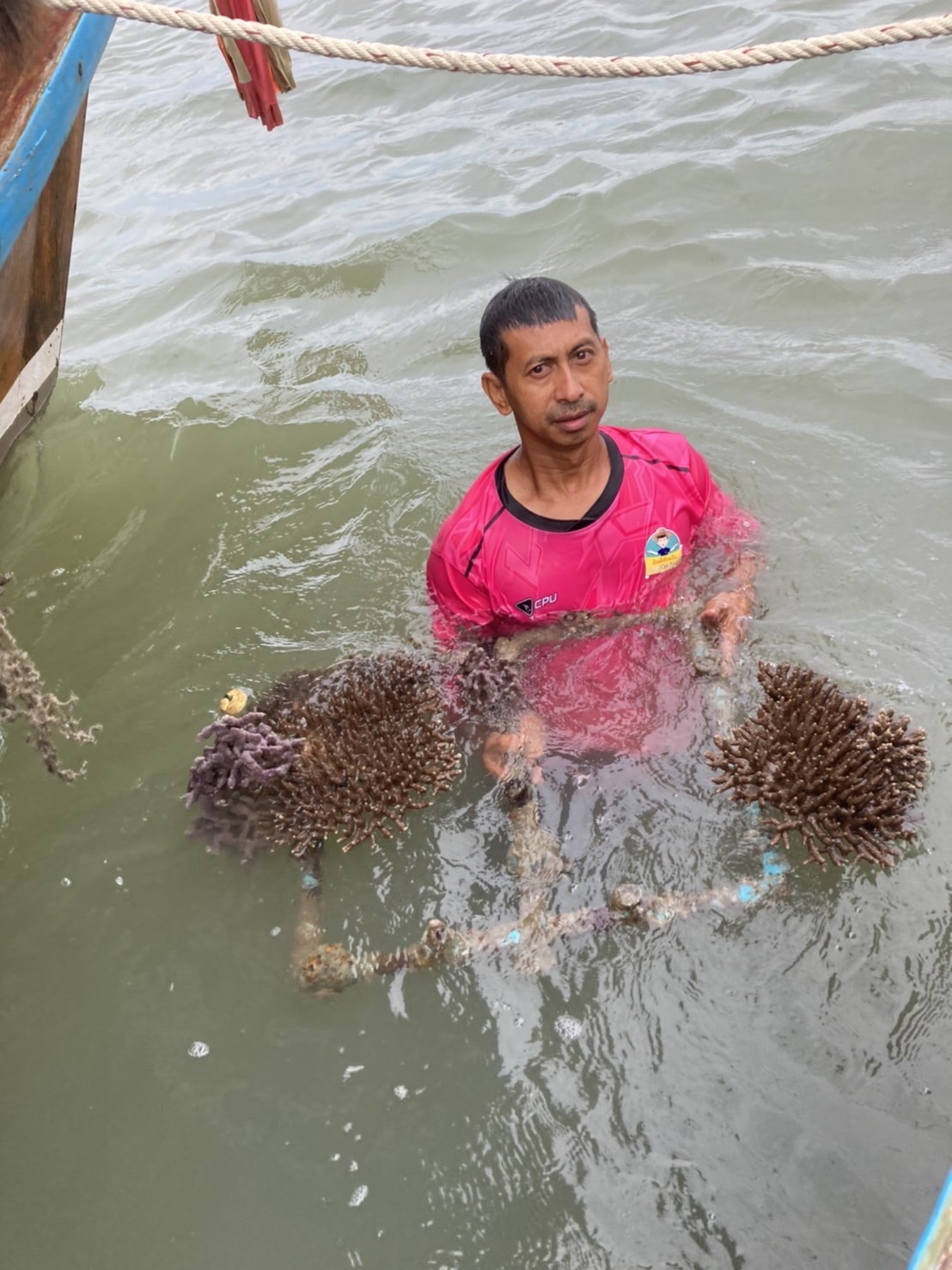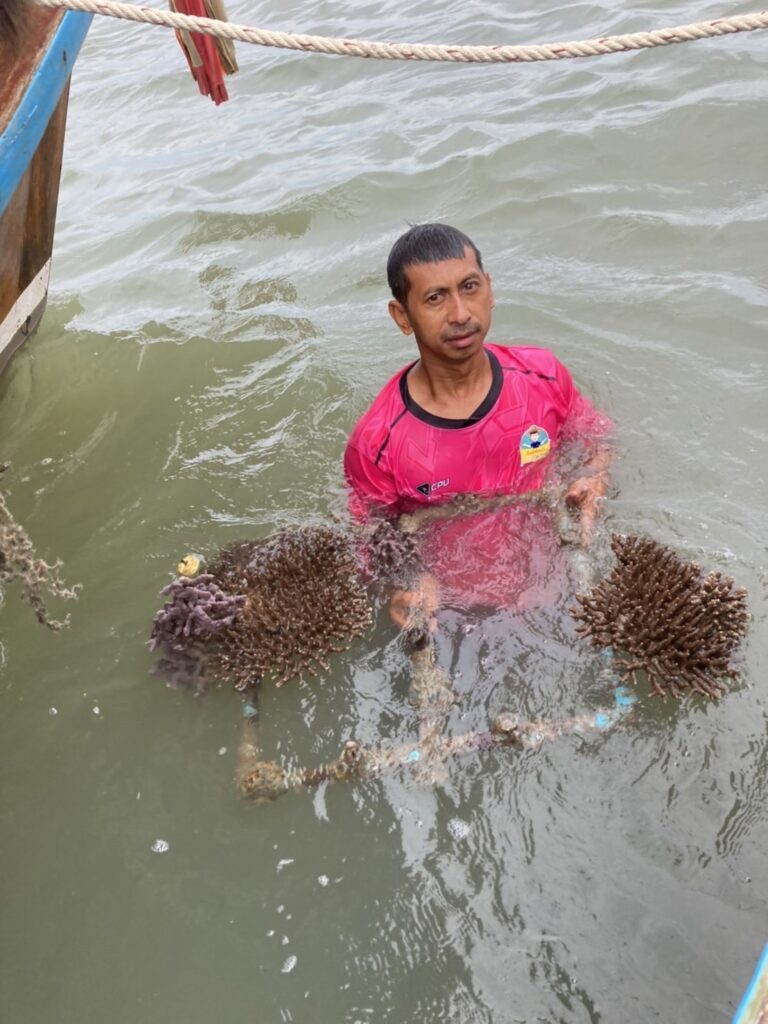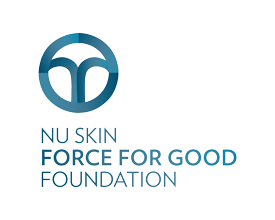Ban Bagunyai, on Sarai Island, is surrounded by natural riches: coral reef, seagrass meadows, and mangrove forests. The mangroves shelter clams, crabs, fish, monkeys, and reptiles. The area is also a flyway for some species of kite, and migratory sea birds come in the dry season. There is a small population of endangered dugongs, which feed on the nine species of seagrasses. Endangered green and olive ridley sea turtles (which also eat mainly seagrass) and dolphins are found there, too.
But each of these ecosystems has suffered damage. At one time, mangroves were cut to make charcoal for export. Destructive fishing methods, including the use of gill nets, bottom trawling, and dynamite, severely damaged seagrass and coral.
The village now prohibits these practices in a 3,700-acre marine area, which includes 450 acres of healthy seagrass and 24 acres that are completely off-limits to fishing. It also protects 300 century-old “mangrove apple” trees, which are a source of pride and a draw for tourists. Local fishermen patrol the area and report any violations to the headman, who can fine violators.
A youth conservation group in Ban Bagunyai has taken a leadership role in conservation. With guidance from outside organizations, they now:
- Plant about 2,000 mangrove seedlings each year in the community forest.
- Improve spawning habitat for fish, squid, and crab and protect female crabs.
- Raise and release sea cucumbers.
- Keep an eye on near-shore activities and patrol the no-fishing zone.
- Guide tourists, educating them about local wildlife.
The community is using a Seacology grant to build a youth environmental center. The building is a meeting and training location for the conservation group and other village residents. For visitors, there is information on the local culture, sea, and forest.


